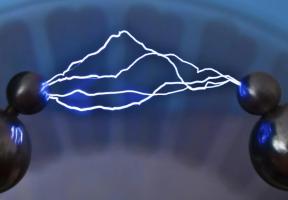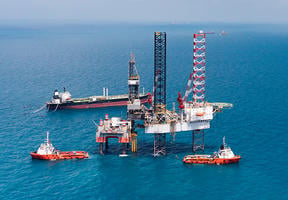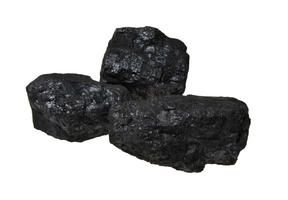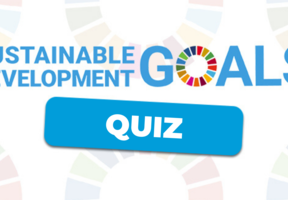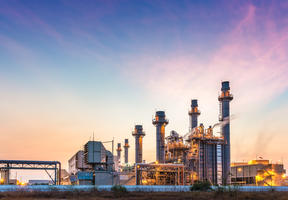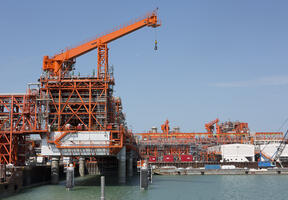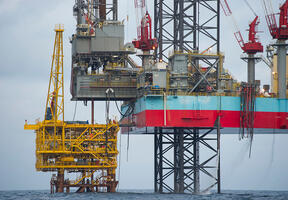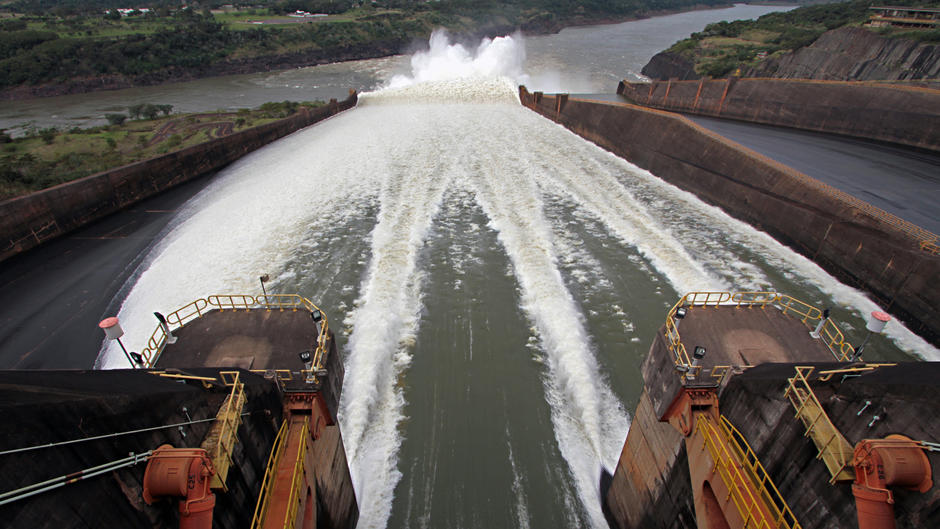
1. Itaipu Dam
Itaipu, which means "the sounding stone" in the Guarani language, was built between 1975 and 1982 on the Paraná River, on the border between Brazil and Paraguay. With a maximum of 14 GW (equivalent to more than 10 nuclear stations), Itaipu is the world's second-largest hydroelectric facility behind the Three Gorges Dam in China. Itaipu exemplifies Brazil's hydropower industry, which provides more than three-quarters of the country's generation.
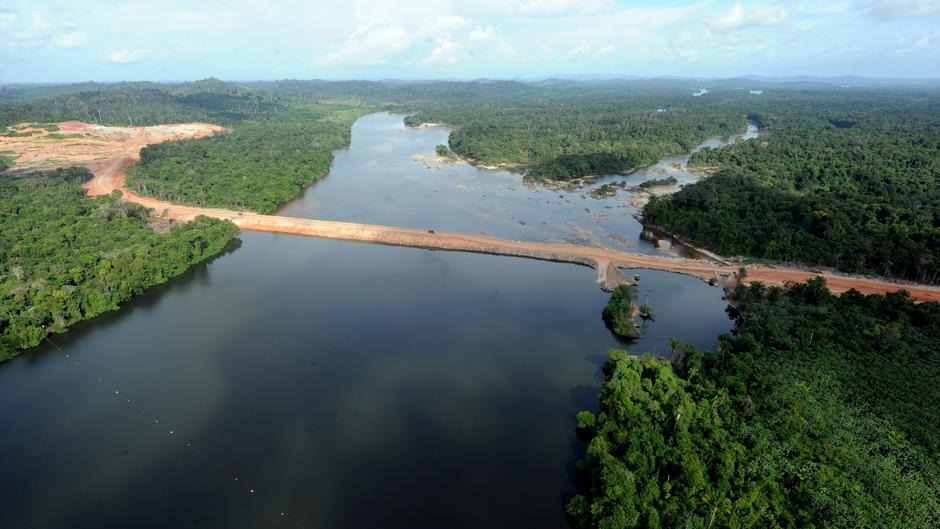
2. The Belo Monte Dam
The Belo Monte hydroelectric complex on the Xingu River in the Amazon rainforest illustrates both the continuity and limitations of Brazil's dam-building policy. Criticized for the damage it will cause to the environment, the project has cost over €10 billion to build, or three times more than the initially estimated cost. The six-kilometer-long dam, which is scheduled to begin operating this year, is the third largest in the world. It has an installed capacity of 11,000 Megawatts.

3. 40 Years of Controversy
The Belo Monte Dam has drawn heavy criticism from environmentalists and Indian rights activists over the years. In the past, the movement gained attention under the leadership of Raoni Metuktire, the famous chief of the Kayapo people. Opponents say that construction of the dam and massive flooding will destroy over 600 square kilometers of primary forest and endanger fragile ecosystems, forcing numerous local communities to change their way of life. Pictured here, Munduruku Indians protesting in Brasilia.
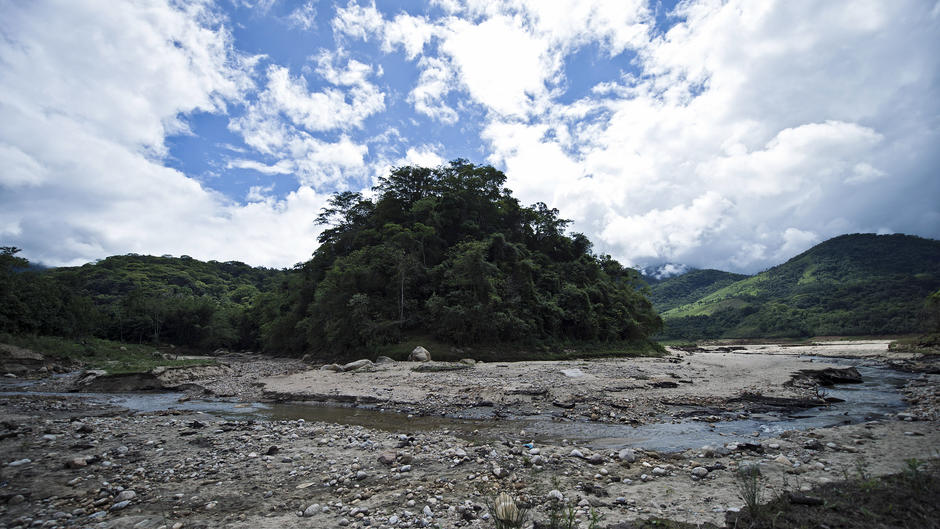
4. Droughts Threaten Brazil's Economy
For more than 10 years, Brazil has been faced with severe droughts, the worst one of which was in 2014-2015. The lack of rainfall reduces hydroelectric production, causes outages and disrupts the national economy. In the State of Rio de Janeiro, a number of dams are not operated at certain times due to low water levels in reservoirs (pictured here Xerem, 40 kilometers from Rio de Janeiro).

5. A Wind Turbine with Huge Potential
Faced with challenges in its hydropower sector, Brazil has begun to diversify its power mix, notably in favor of wind power. Several projects are underway, primarily in the vast, impoverished northeast where winds are strong during the dry season (pictured here Fortaleza). Wind power still accounts for a small portion of the country's total power generation, but its potential is significant.
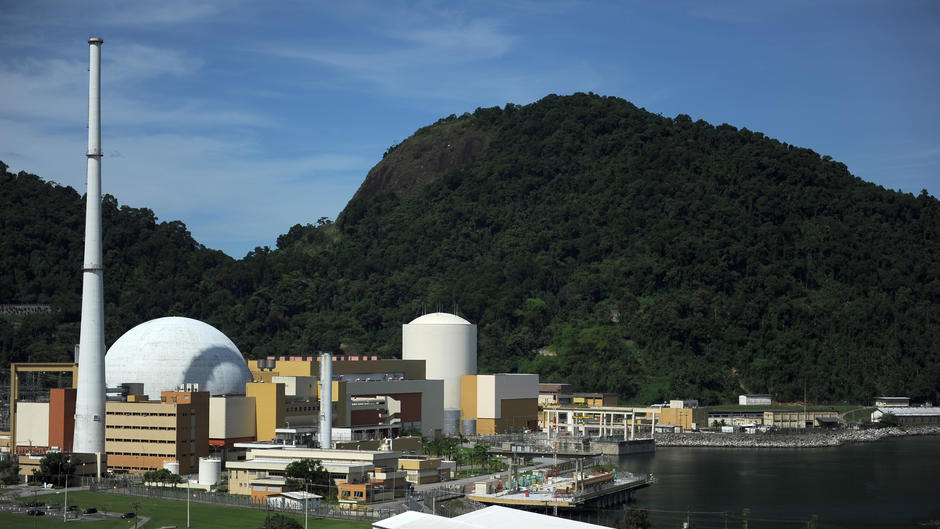
6. Nuclear Reactors Being Planned
Brazil is considering a larger role for since its capacity for generating hydroelectricity has reached its limits. Two nuclear reactors were built at the end of the 1970s in Angra, mid-way between Rio de Janeiro and Sao Paulo (shown here). A third reactor is under construction at the same site and is expected to be operational by summer 2018. Eventually, the country could have up to eight nuclear reactors.
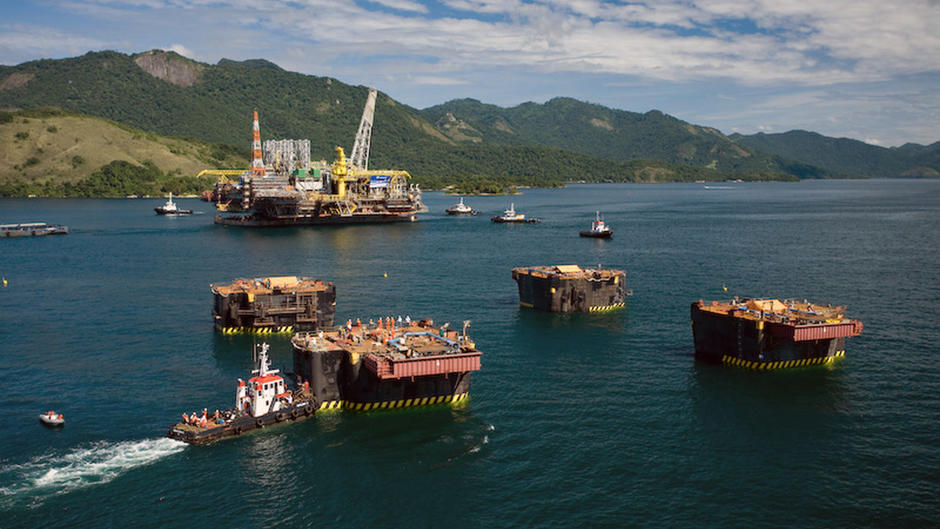
7. Pre-Salt Oil and Gas
In 2007, Brazil announced the discovery of vast and gas fields under a thick layer of salt in ultra-deep waters. This photo shows the Angra dos Reis shipyard south of Rio de Janeiro where production platforms leave for a location 200 kilometers off the coast at a water depth of more than 1,000 meters.
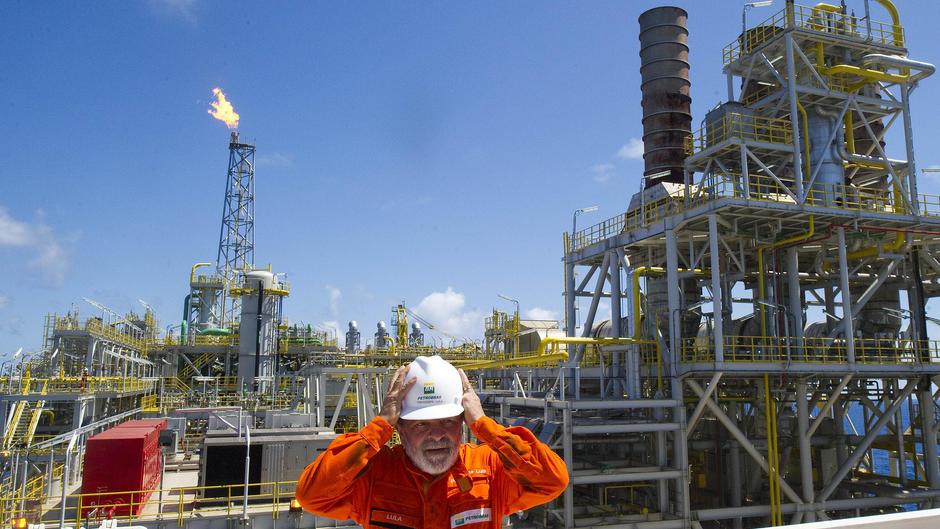
8. Thwarted Growth Prospects
As a result of these new fields, in 2010 Brazil looked like it was on the path to becoming one of the world's leading emerging economies (shown here former President Lula da Silva on a visit to the Tupi field). Halfway through the decade however, high production costs, investor reluctance and corruption scandals combined to weaken the Brazilian economy, which is currently in recession.

9. Olympic Games Focus on Solar
Although Brazil has very few solar farms, the country is increasingly embracing solar energy in preparation for the Rio 2016 Summer Olympic Games in August. For example, the rooftop of the Museu do Amanhã (Museum of Tomorrow), a science museum located in Rio de Janeiro, features large mobile structures covered with solar panels. The building's cooling system uses water from the nearby Guanabara Bay.
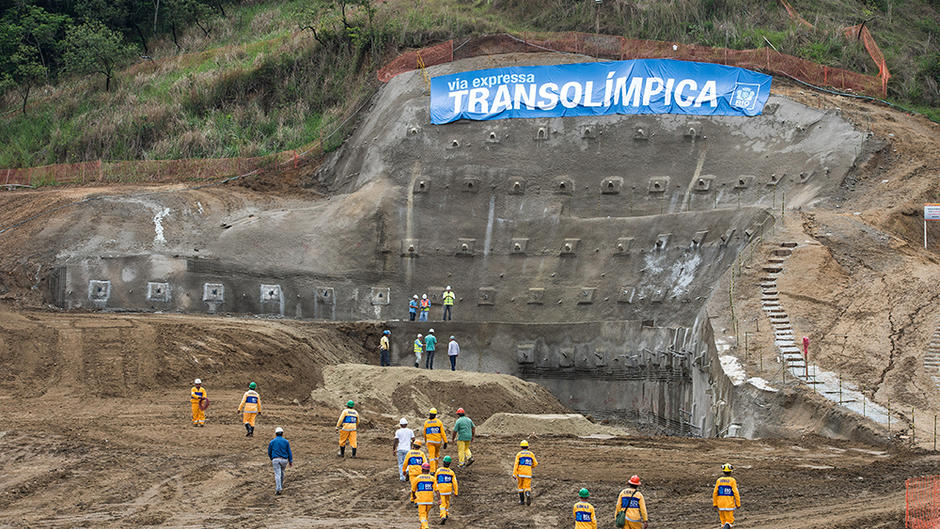
10. Managing Urban Development
Following in the footsteps of the 2014 FIFA World Cup, Brazil has launched a host of infrastructure projects in the run-up to the Olympic Games. In addition to building sports facilities, it is also carrying out major transportation projects in several cities. One of these is the 23-kilometer long Transolimpica highway that includes several engineering works. The roadway will link together various neighborhoods of Rio de Janeiro.
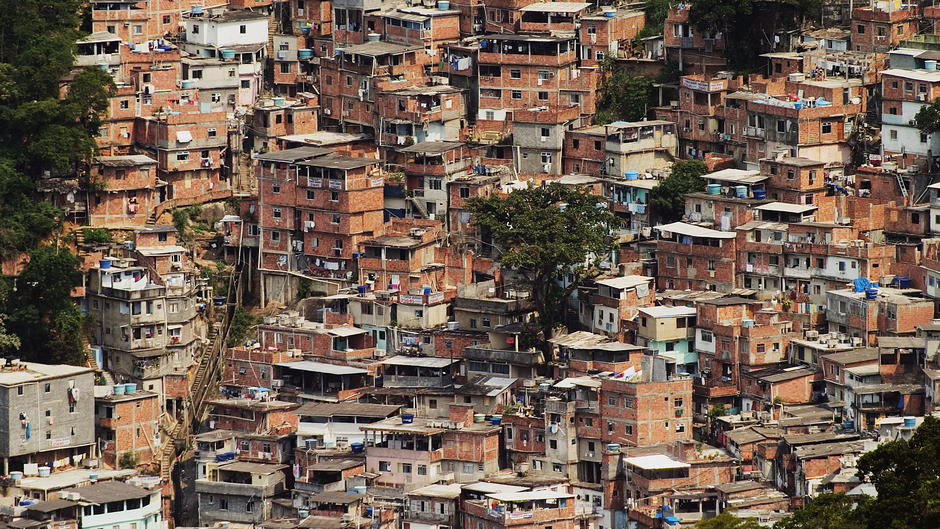
11. Reconverting the Favelas, Not an Easy Process
The infrastructure projects are both an opportunity and a threat for Brazil's favelas, or shantytowns, that give the country a negative image. Although the projects are a boon to the economy, they have also led to the forced removal of many poor people, some of whom have yet to be resettled. The favelas continue to face serious issues, such as a lack of access to water, electricity and waste management services.
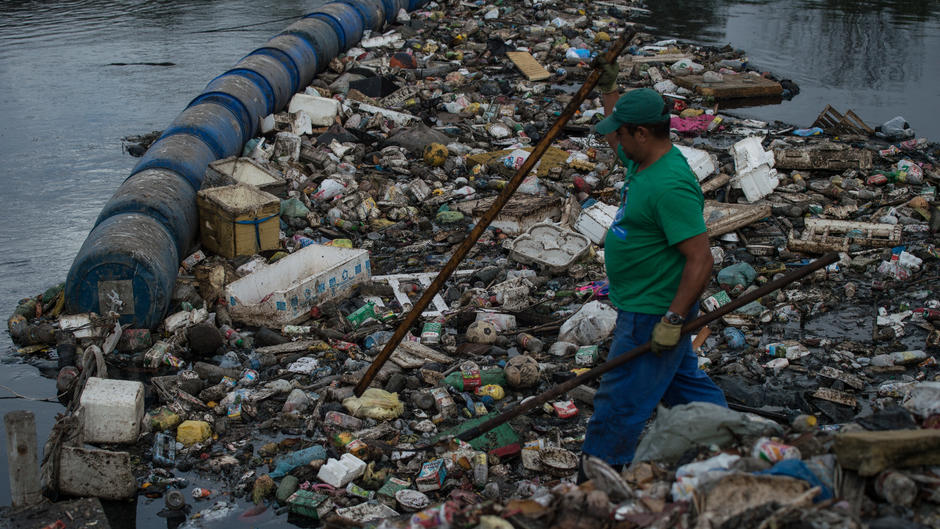
12. Pollution and Waste
Brazil's major cities do not have efficient sewage treatment and waste management services. In Guanabara Bay in Rio de Janeiro, where sailing events for the Olympic Games are scheduled to take place, the authorities have taken strict measures to prevent sewage runoff and eliminate plastic litter.

13. Sugarcane, a Source of Wealth
Despite a decline in worldwide sugar prices, Brazilian sugar production and exports are on the rise. Sugar has been a source of wealth for the country for decades. Apart from sugar, cane syrup can be used as a feedstock for biofuels and a diverse range of molecules for the chemical, pharmaceutical and cosmetic industries. Bagasse, the sugar cane residue, is a common source.

14. Second-Generation Ethanol
During the global oil shock in the 1970s, Brazil launched a sugarcane ethanol program. Today, more than 60% of Brazil's 36 million vehicles run on ethanol. The country is currently focusing on developing a second-generation ethanol program that would enable it to boost production without having to compete for cultivated land (shown here the Piracicaba plant near Sao Paulo).

15. Deforestation Continues to be a Threat
The destruction of the Amazon rainforest in Brazil increased by 16% from July 2014 to July 2015, causing the world's largest to shrink further. More than 5,800 square kilometers of forest were cleared in one year, primarily due to farming. Nevertheless, the situation compares favorably with the beginning of the century, when 30,000 square kilometers were lost in 2004.
 The destruction of the Amazon rainforest in Brazil increased by 16% from July 2014 to July 2015, causing the world's largest carbon sink to shrink further. More than 5,800 square kilometers of forest were cleared in one year, primarily due to farming. Nev
The destruction of the Amazon rainforest in Brazil increased by 16% from July 2014 to July 2015, causing the world's largest carbon sink to shrink further. More than 5,800 square kilometers of forest were cleared in one year, primarily due to farming. Nev
See all
